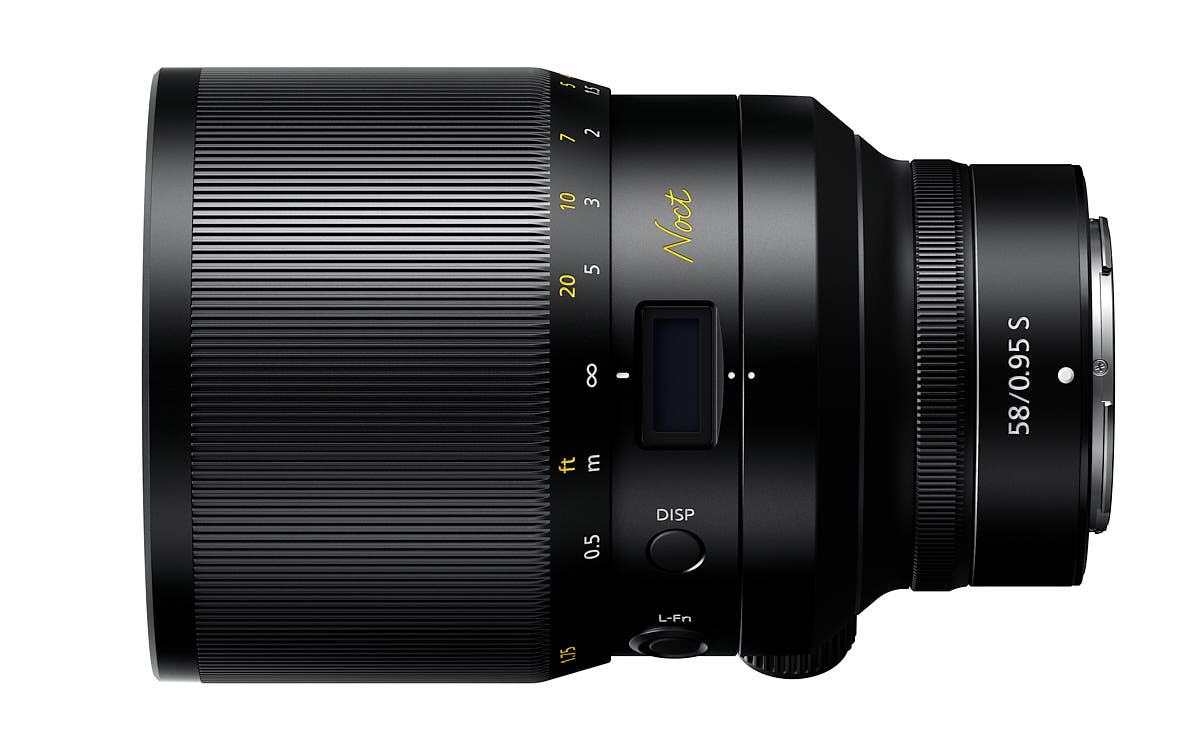
Aperture values for comparison of lens speed
Comparing maximum aperture values in third- and half-stops can be challenging, so I’ve created a table to facilitate this comparison. Below F1.0, the differences become even more complex, so please consider this information as a guideline rather than definitive (and it may be subject to updates). However, you’re unlikely to encounter many lenses in regular production with such apertures. For instance, both the Nikon Noct Nikkor and the Leica Noctilux have a maximum aperture of F0.95, which is 1/3 stop "faster" than F1.0, nearly 1 stop faster than F1.2 and 1 1/3 stops faster than F1.4, making them a significant benefit for low-light photography.Interestingly, if you're a film buff, Kubrick's Zeiss Planar 50mm F0.7 adapted NASA lenses used to film indoor scenes with just candlelight

